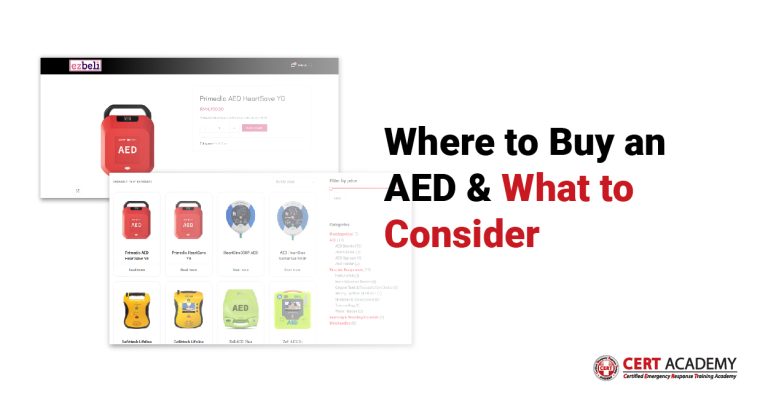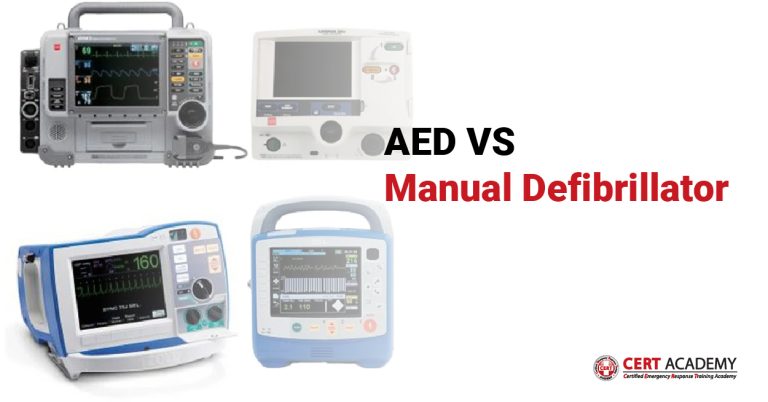Call Us +603-8066 8665
When should I start using AED?
Automated External Defibrillators (AEDs) play a crucial role in increasing the chances of survival during sudden cardiac arrest (SCA). Sudden cardiac arrest occurs when the heart suddenly stops beating effectively, leading to a cessation of blood flow to vital organs. This can result from various heart conditions, and its onset is often abrupt. During SCA, the individual loses consciousness, stops breathing normally, and may not have a discernible pulse. Knowing when to use an AED can be a life-saving skill, as prompt intervention is vital in such emergencies. Here’s a concise guide:
- When to use AED?
- Key Indicators for AED Use:
- Unresponsiveness:
If you encounter someone who is unresponsive and not breathing normally, it is a critical sign that intervention is needed.
- Activate Emergency Services:
Simultaneously with assessing the unresponsive individual, it is crucial to call for emergency medical services (EMS) or instruct someone nearby to do so. Time is of the essence in SCA cases.
- Check for Abnormal Breathing:
Confirm the absence or abnormality of breathing. Gasping or irregular breathing patterns are indicators for the potential need for AED use.
- Initiating AED Application:
- AED Accessibility:
Check for the availability of an AED. Many public spaces, workplaces, and community centres are equipped with AEDs. Be familiar with their locations in your surroundings.
- Pad Application:
Once an AED is available, follow the device’s instructions for pad placement. Typically, pads are affixed to the chest of the individual. Ensure the chest is dry, and remove any clothing that might interfere with pad adherence.
- Analysis of Heart Rhythm:
The AED will analyze the heart rhythm through the attached pads. Remain clear of the individual during this process, as the AED determines whether a shock is necessary.
- Shock Delivery:
If the AED advises a shock, ensure everyone is clear of the person, including yourself. The shock is delivered to restore a normal heart rhythm. Modern AEDs provide clear voice prompts and visual cues to guide users through the process.
- CPR Complement:
AED use is often complemented by cardiopulmonary resuscitation (CPR). If the AED advises CPR, perform chest compressions as instructed until the device reanalyses or emergency medical personnel arrive.
- Importance of Prompt Action:
- Time is a critical factor in SCA scenarios. Survival rates decrease significantly with each passing minute without intervention. AEDs are designed to be user-friendly, enabling individuals with minimal or no medical training to provide timely assistance.
- Training and Familiarity:
- While AEDs are designed for ease of use, obtaining basic CPR and AED training enhances your preparedness and confidence in an emergency. Many organizations such as Cert Academy offer CPR and AED certification courses, providing hands-on experience in using these life-saving devices.
Knowing when to use an AED can make a substantial difference in the outcome of a sudden cardiac arrest. If someone is unresponsive and not breathing normally, activate emergency services, access an AED if available, and follow the device’s prompts. Timely intervention, coupled with basic life support measures, significantly improves the chances of survival. Stay informed, be aware of AED locations in your surroundings, and consider obtaining CPR and AED training to be better prepared for emergencies. Remember, your quick and decisive actions can save a life.



